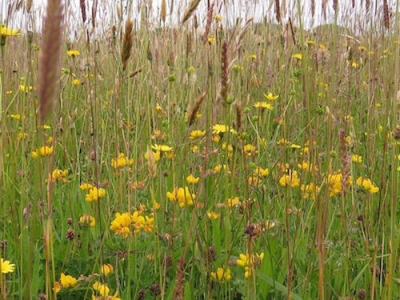 Is there anything that is essentially more summertime than lying in a ripe flower-rich meadow? The grassheads have turned golden and hang heavy with seed that wafts in the gently cooling breeze. The air is alive with the thrumming and buzzing of foraging and pollinating insects that flit amongst the kaleidoscope of blooming flowers. Fortunately it is still possible to seek out this experience on The Lizard –but not as readily as you would have been able to in recent history.
Is there anything that is essentially more summertime than lying in a ripe flower-rich meadow? The grassheads have turned golden and hang heavy with seed that wafts in the gently cooling breeze. The air is alive with the thrumming and buzzing of foraging and pollinating insects that flit amongst the kaleidoscope of blooming flowers. Fortunately it is still possible to seek out this experience on The Lizard –but not as readily as you would have been able to in recent history.
Farming has changed beyond all recognition in recent years. The Second World War provided the impetus to take as much land as possible into cultivation, to feed a population cut off from traditional supply routes. 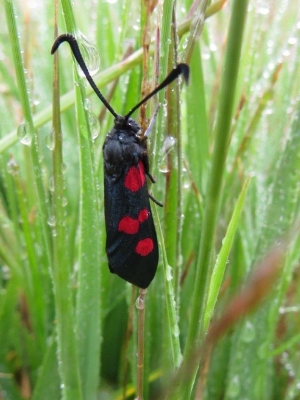 Six million acres were ploughed to grow cereals, and this started a process, which would see the area of lowland meadows decline by 97% in the following 40 years. Such has been the continuing pressure that even those areas unsuitable for agriculture without a great deal of remedial work have been altered and pressed into service to feed the burgeoning population. In the 1930’s Britain’s farmers produced enough to feed 16 million people and today enough to feed about 40 million (still only enough to feed 60% of the population). As a result many habitats that were once common have dwindled into sad remnants of their former glory.
Six million acres were ploughed to grow cereals, and this started a process, which would see the area of lowland meadows decline by 97% in the following 40 years. Such has been the continuing pressure that even those areas unsuitable for agriculture without a great deal of remedial work have been altered and pressed into service to feed the burgeoning population. In the 1930’s Britain’s farmers produced enough to feed 16 million people and today enough to feed about 40 million (still only enough to feed 60% of the population). As a result many habitats that were once common have dwindled into sad remnants of their former glory.
Meadows are a habitat created by centuries of traditional farming practices.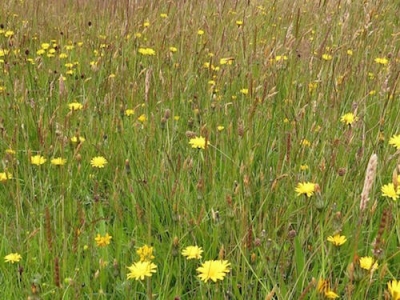 They are low input low output systems for feeding relatively small numbers of cattle and sheep. Increasing economic pressures on farmers means that livestock must generally be kept in increasing concentrations in order to produce a profit. This means that most grass pastures are managed intensively to produce the best crop of grass possible, either for direct grazing or for the production of the winter feed known as silage. Intensive cultivation of grasslands has enabled farmers to improve grass yields from about 1 tonne per acre to 15 tonnes. To achieve this special cultivated grass varieties are sown, fertilisers are applied in large quantities and herbicides are commonly used. All of this quashes the development of meadows and their greater diversity of life. Meadows survive only where it is uneconomic to manage them intensively, usually because of inhospitable terrain or poor fertility, or through sympathetic land managers and the recognition that their wildlife value is in itself worth managing for. The potential wildlife gain through grassland conservation is enormous.
They are low input low output systems for feeding relatively small numbers of cattle and sheep. Increasing economic pressures on farmers means that livestock must generally be kept in increasing concentrations in order to produce a profit. This means that most grass pastures are managed intensively to produce the best crop of grass possible, either for direct grazing or for the production of the winter feed known as silage. Intensive cultivation of grasslands has enabled farmers to improve grass yields from about 1 tonne per acre to 15 tonnes. To achieve this special cultivated grass varieties are sown, fertilisers are applied in large quantities and herbicides are commonly used. All of this quashes the development of meadows and their greater diversity of life. Meadows survive only where it is uneconomic to manage them intensively, usually because of inhospitable terrain or poor fertility, or through sympathetic land managers and the recognition that their wildlife value is in itself worth managing for. The potential wildlife gain through grassland conservation is enormous.
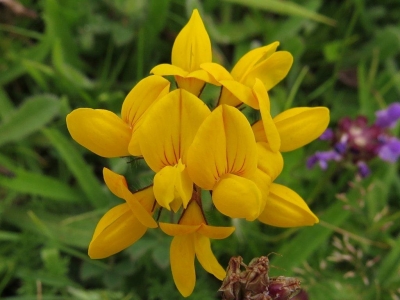 |
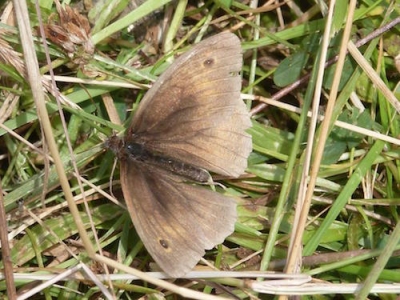 |
Sympathetically managed meadows can support a huge range of species – flowers, bees, fungi, flies, beetles, spiders, moths, butterflies, reptiles, amphibians, small mammals, bats and birds. More priority species of conservation concern in the UK are associated with grasslands than with any other habitat.
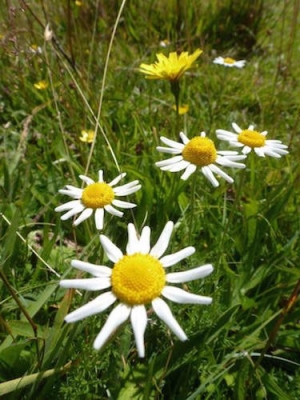 |
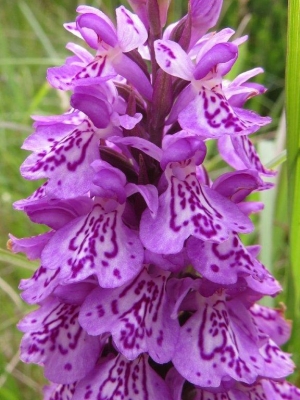 |
On the Lizard National Nature Reserve we have become accustomed to prioritising the management of heathland and coastal grassland. These areas depend on grazing animals and a mosaic of grazing habitats, including a network of old meadows, often associated with long abandoned crofts. We are experimenting with ways of getting more wildlife value from these areas – they may not harbour species of special rarity, but allowing them to flourish does bring another weft to the wildlife tapestry of the reserve. 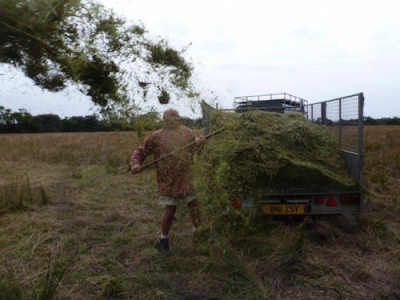 Rush cutting, dock and thistle control, seed spreading, temporary fencing and late hay cuts are all techniques we can bring to bear to encourage the proliferation of meadow flora and fauna. What we cannot conjure up is the long hot days of endless sunshine to create that summer idyll!
Rush cutting, dock and thistle control, seed spreading, temporary fencing and late hay cuts are all techniques we can bring to bear to encourage the proliferation of meadow flora and fauna. What we cannot conjure up is the long hot days of endless sunshine to create that summer idyll!
Published: Aug 2015
Author: Steve Townsend (Reserve Manager, Lizard National Nature Reserve)
